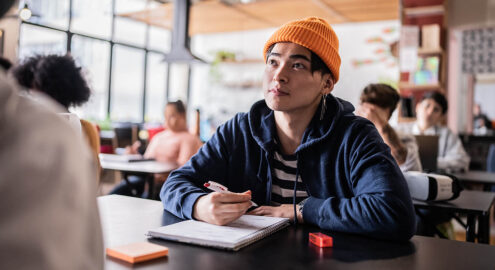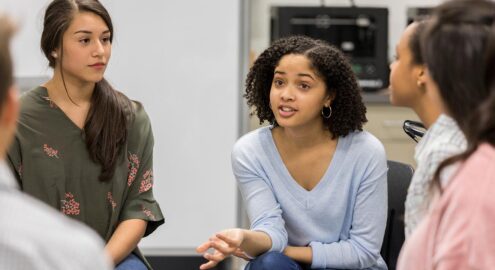Evidence That It Works
A diverse group of adolescents who were taught to believe that people have the ability to change exhibited less stress during social interactions. They were able to cope better, keep their bodies calmer, and even performed better in school—as much as seven months later.
Studies also demonstrate that people with a fixed mindset tend to gravitate to others who share similarities with them, yet those with a “growth” mindset tend to build more connections with people who appear to be different than they are. Individuals with a growth mindset are also open to forging new connections with people who seem to have different beliefs or values.
Why does it matter?
If students believe everyone (including themselves) has the capacity to grow and change, then it’s more likely that they will be able to see social challenges (like harassment, bullying, and exclusion) as potentially surmountable too. A more flexible, “growth” mindset can release some of the anxieties and pressures students might experience, so they can think more clearly about a social problem as a challenge to solve rather than a threat to fear.
Bottom line, if we have limiting beliefs about ourselves or others, those beliefs can shut down our openness to learn, grow, and change. Furthermore, a growth mindset can help us look beyond any of our immediate assumptions so that we can build more meaningful connections with others.







Comments